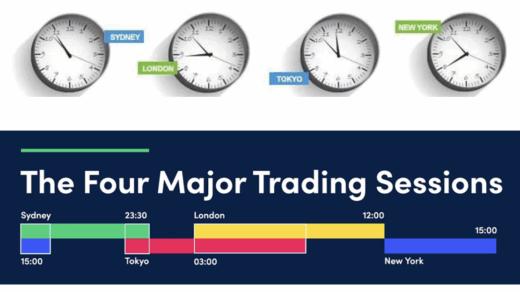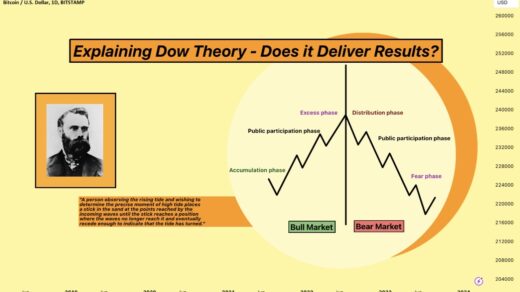Trading is often packaged as a shortcut to wealth. Social media is saturated with images of Lamborghinis, yachts, and “get rich quick” narratives.
But the cold hard truth is: over 99% of traders never come close to millionaire status. Most lose money, and some lose everything.
However, a small elite group of traders do become millionaires and even billionaires through trading. So, what makes the successful few stand out while the vast majority fail?
The answer is not luck, but proven principles, rigorous execution, and a ruthless adherence to risk control strategies—as championed by legendary traders like Ray Dalio, Paul Tudor Jones, Mark Minervini, and Warren Buffett.
Next, we will dissect the real reasons why most traders fail and outline the specific steps that can give you a genuine, high-probability shot at success.
Why 99% of Traders Fail (Data Supported)
1. Lack of Risk Management
A study by the European Securities and Markets Authority (ESMA) found that 76% to 89% of retail traders lose money. The primary reason? Improper risk control. Most novices risk 10% to 50% of their account on a single trade. Just one bad trade is enough to blow up the account.
“People who live by the crystal ball will end up eating ground glass. You must always manage risk, and never bet more than you can afford to lose.” — Ray Dalio
2. No Real Trading Strategy
Many traders constantly jump between indicators, follow so-called online trading signals, or try to “guess” the market direction. But without a data-validated system, they are simply gambling.
“You must have a trading edge. Hope is not a strategy. Backtesting is.” — Mark Minervini
3. Overtrading and Emotional Decision-Making
Fear and greed are the market’s double-edged sword. Most traders overtrade, engage in revenge trading, or panic-sell during a drawdown.
“The secret to success in trading is an unflinching discipline.” — Paul Tudor Jones
4. Lack of Patience for Long-Term Investing
The extraordinary wealth of “the Oracle of Omaha,” Warren Buffett, was not built overnight, but through decades of patient investment accumulation. Most investors nervously check stock prices daily and trade frequently, while Buffett holds for periods of many years or even decades. The Coca-Cola shares he purchased in 1988 have now been held in the Berkshire Hathaway portfolio for over 35 years.
This patience allows the magic of compounding and dividend reinvestment to fully play out. Buffett thinks not in terms of “the next few days,” but “the next few decades” when investing.
Meanwhile, typical investors underperform market indices significantly due to frequent, zero-edge trading attempts to “time the market.” Research repeatedly shows that beginners without a trading edge have lower long-term returns than passive “buy-and-hold” investors. The compounding power of wealth growth requires time—something most people are unwilling to give.
“The stock market is a device for transferring money from the impatient to the patient.” — Warren Buffett
5. Blindly Following the Herd Instead of Thinking Contrarian
During the 2008 financial crisis, while most investors were panic-selling, Buffett was buying, including a $5 billion investment in Goldman Sachs that ultimately yielded billions in profit. This “contrarian thinking” is central to his success.
The average investor, however, often does the opposite: buying when the market is high and selling when it crashes. This behavior is driven by human psychology, not rational analysis. Data shows that retail investors often buy funds at market peaks and redeem them at market lows—effectively “buying high and selling low.” This emotional, herd-like investment behavior is destined to bring only mediocre or even devastating results.
“Be fearful when others are greedy, and greedy when others are fearful.” — Warren Buffett




